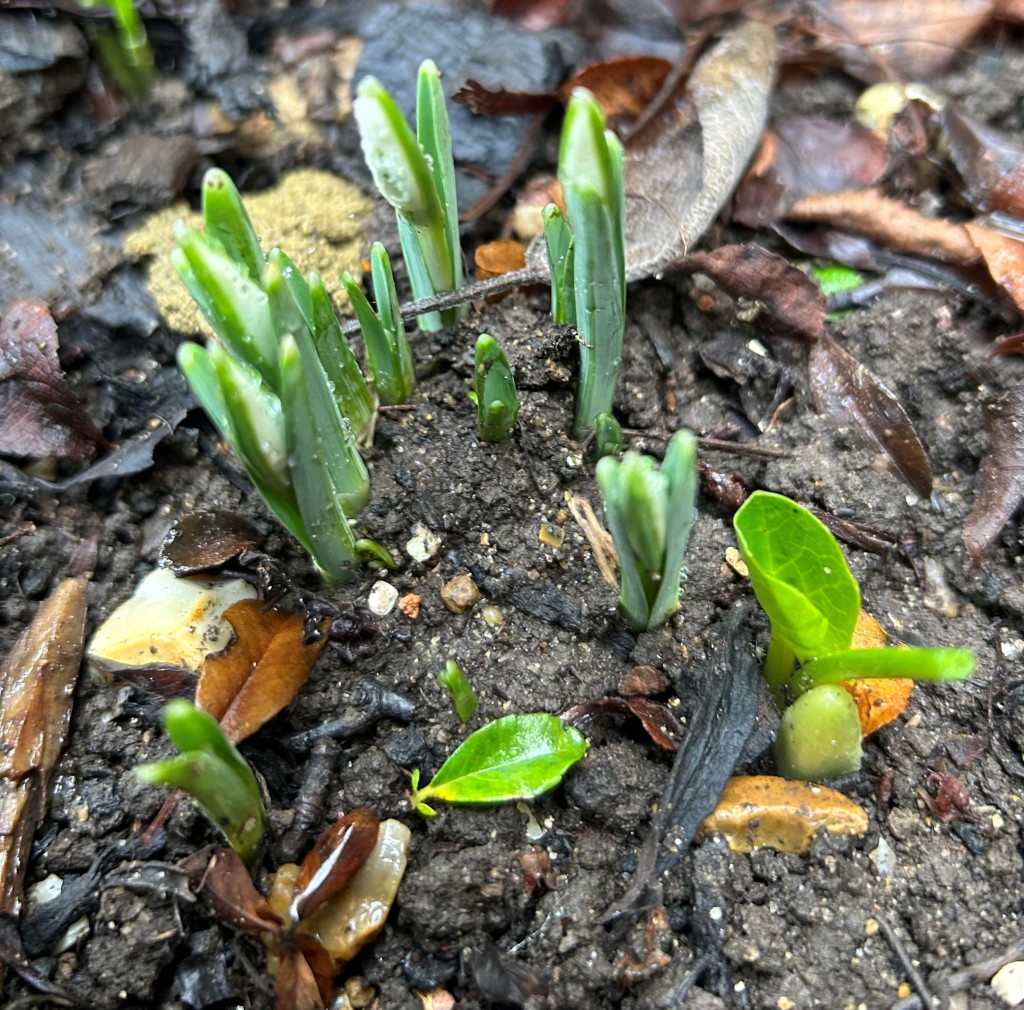
While clearing winter flower beds and trying to identify bulbs, serendipity found me listening to a radio broadcast by the Astronomer Royal, Lord (Martin) Rees. He was discussing NASA’s mission to Mars and describing the robots sent to gather scientific data on the surface of the red planet. The first, sent in 2011 was named Curiosity. It moved across Gale crater and Mount Sharp slowly in one direction. A successor named Perseverance was sent in 2220 and was designed to move around objects.
Curiosity and Perseverance are two of the perennially cited strengths required for organisation and leadership success and certainly for gardeners.
Curiosity
Natural curiosity is the behaviour we admire in children and often blame external factors for limiting in ourselves. Perhaps we should ask ourselves if we are self- limiting our natural curiosity?
To develop an organisation’s curious mind takes effort and active leadership. Capturing the imagination and energy of all by role modelling curiosity in action, encouraging and enabling the behaviour in others. In organisations with high levels of trust, individuals may have greater confidence to explore and an inclination to share discoveries with colleagues.
Curiosity needs to be sustained in times of great uncertainty. Defined as ‘a strong desire to know or learn something’ the concept of curiosity is central to motivation. Strengths Profile assesses the extent to which you are ‘interested in everything, constantly seeking out new information and learning more.’
Perseverance
There are several aspects to perseverance. The current focus on individual and organisational resilience is just one. Resilience is the strength to take hardships and setbacks in your stride, recovering quickly from adversity. A second aspect is the strength to persist, to achieve success by keeping going when confronting difficulties. And finally, we see examples of individuals and organisations who use adversity to spur them on to greater efforts and achievements. They bounce back from setbacks.
Health check:
- Where do you look for new ideas?
- How do you reflect on and apply new thinking?
- How do you acknowledge and share your discoveries?
- What and who helps you to keep going when you face challenges?
- How do you overcome setbacks?
- How do you use setbacks to spur you on?
- What can you do now to nurture the enablers of curiosity and perseverence?
- What new habit would you like to develop?
And for the curious gardeners, I have persevered and finally found my garden planting plans. These tiny green shoots are snowdrops, transplanted last year to form new clumps.
Sources:
Curiosity
Resilience
https://www.weforum.org/agenda/2024/01/building-resilient-tomorrow-concrete-actions-global-leaders/

